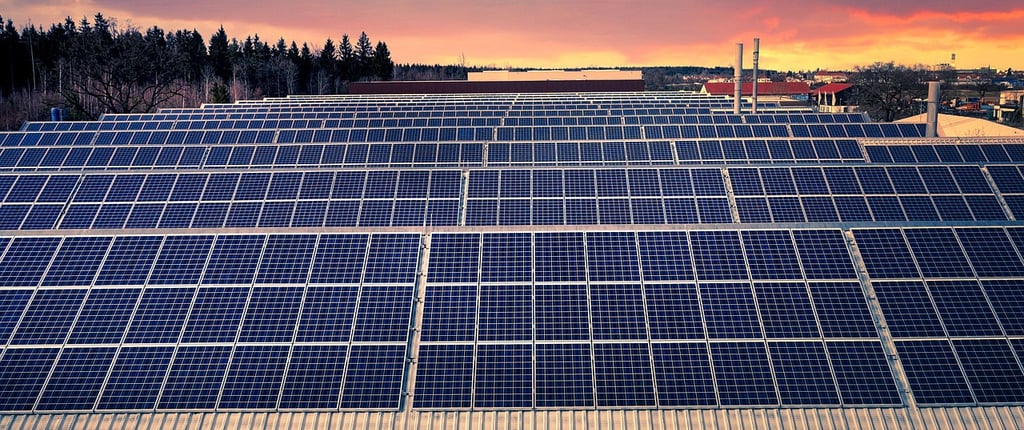IEA's Insightful Peek: Green Hydrogen Production Gets a Reality Check
The International Energy Agency (IEA) has reduced its estimated renewable power capacity for hydrogen production between 2023 and 2028 to 45GW


The estimated 360 gigawatts (GW) of planned hydrogen projects by 2030, as estimated by the International Energy Agency (IEA), demonstrate the growing interest and commitment worldwide to using hydrogen as a critical component in the shift to a more sustainable and low-carbon energy future. These audacious ideas represent an acknowledgment of hydrogen's potential to solve a number of energy-related issues, including decarbonizing industries like heavy industry and transportation that are challenging to directly electrify.
Although the IEA's prediction indicates a strong desire to increase the production of hydrogen, it is important to remember that only a small portion of these proposed projects—roughly 12 gigawatts (GW)—have advanced to the construction stage or obtained the funding they require. This suggests that there are obstacles and hurdles to the implementation of these hydrogen projects that go beyond simple conception.
Several factors may contribute to the difference between planned and completed hydrogen projects. Financial issues are critical, including finance availability and hydrogen production's economic sustainability. Furthermore, legal frameworks, governmental backing, and infrastructure development are critical factors influencing the effective implementation of hydrogen initiatives.
The discrepancy between projects that are planned and projects that are carried out highlights the necessity of coordinated efforts by industry, governments, and other stakeholders to overcome these issues and establish a supportive climate for the deployment of hydrogen. Governments everywhere may make a significant contribution by putting in place structures, incentives, and regulations that facilitate private sector investment in hydrogen technologies. This could involve providing funding for research and development, establishing precise guidelines and laws, and offering financial incentives.
Furthermore, collaboration across governments, companies, and research institutions is critical for sharing knowledge, best practices, and technological advances in hydrogen generation, storage, and consumption. Building a strong hydrogen infrastructure, which includes production facilities, transportation networks, and end-use applications, is critical for hydrogen's widespread adoption as an energy carrier.
In conclusion, the IEA's optimistic prediction of 360 GW of planned hydrogen projects by 2030 shows a global commitment to developing hydrogen technologies; however, the reality of only 12 GW of funded or under construction at the moment highlights the necessity of concerted efforts to address infrastructure, regulatory, and financial obstacles. Unlocking the full potential of hydrogen as a fundamental element in the shift to a sustainable and low-carbon energy future will depend on overcoming these obstacles.
